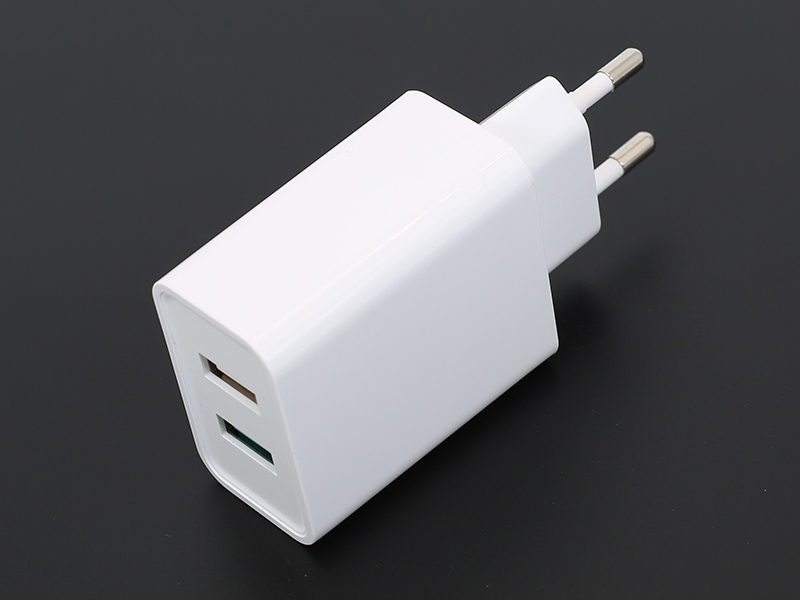
What standards are required for the production of electric vehicle chargers for two-wheeled electric vehicle power cords
There are requirements, the output current of the electric vehicle charger is generally 3-5A, and the cross-section of the wire should not be less than 0.75 square copper wire. The power of a general electric vehicle charger may be several hundred watts, and a 0.5 square cord can fully meet the charging requirements.
Look at your production mode and output; if it is simple processing, there is a case, and then get some tools such as screwdrivers, pliers, electric soldering iron, multimeter, etc., buy some components, circuit boards, wires, shells, welding, assembling, debugging All at once. If it is regular mass production, then professional production equipment is required, such as anti-static workbench, wire offline machine, plug-in machine, professional electronic welding machine, heat shrink gun, precision test instrument, aging test load, etc. If it is also produced, it will also require some machining equipment. Thinking of this for now, hope it helps.
The chargers used by Hongri electric vehicles are produced by the factory
From now on, Changshi Shun'an Electronics Factory has recalled the chargers of the model number , which were produced on March 6, 2009, involving a quantity of 300,000 units. The electric vehicle chargers within the scope of this recall do not meet the relevant requirements in terms of mechanical strength and are easily broken by external impact, which poses a safety hazard to consumers.
Which brand of electric vehicle charger is of good quality
High-quality electric vehicle charger brands include: Jianghe Hi-Tech, Teneng, and Sipple.
1. Jianghe Hi-Tech:
Jianghe Hi-Tech is one of the enterprises with a high degree of automation in the production of electric vehicle accessories. Its products consume almost zero power in standby state, and the charging efficiency can reach more than 95%, which is more than 20% power saving than ordinary chargers. For example, the V8 flashing pulse charger can adapt to various charging environments.
2. Special ability:
Teneng brand electric bicycle charger has become a supporting product for major domestic brand electric vehicle manufacturers. The third-generation charger has a built-in full-charge power-off function, no voltage output in the green light state, automatic power-off when full, over-temperature stop for cooling, short-circuit power-off Protection, cut off the circuit to stop charging when the current is too large, and resume charging after troubleshooting.
3. Sipple:
Sipple focuses on the development and manufacture of various chargers and related test instruments in the electric vehicle industry. Its chargers have protection devices such as overcharge, overtemperature, overcurrent, short circuit, and low voltage. Fast charging improves efficiency. When the charger outputs When the voltage is abnormally high, the chip will perform overvoltage protection and the charger will stop outputting. Automatic stop when fully charged, automatic power off when over temperature.
Electric vehicle charger purchase instructions
First, determine the battery voltage V of your electric vehicle, or the output voltage of the original charger. Look at the original charger to determine the voltage: the general battery voltage is, the corresponding original charger output voltage is about; the corresponding original output voltage of the battery is 73.5V.
Judging the voltage of the battery, generally there are several batteries in the battery pack. The model is 6-DZM-12/20, and it is 6, indicating that each battery is. So, you see how many batteries you have in your own electric vehicle, 4 batteries is that. For 8-DZM-12/20 batteries, each battery is composed of 4 batteries.
Secondly, determine the battery capacity AH of your electric vehicle battery, or the output current of the original charger. Look at the original charger to determine the capacity: the output current of the original charger is 1.8A, indicating that the battery is.
Look at the battery to judge the voltage. Generally, the battery in the battery box has a written model. For example, 6-DZM-12, 12 means yes battery, 6-DZM-20, 20 means yes battery.
